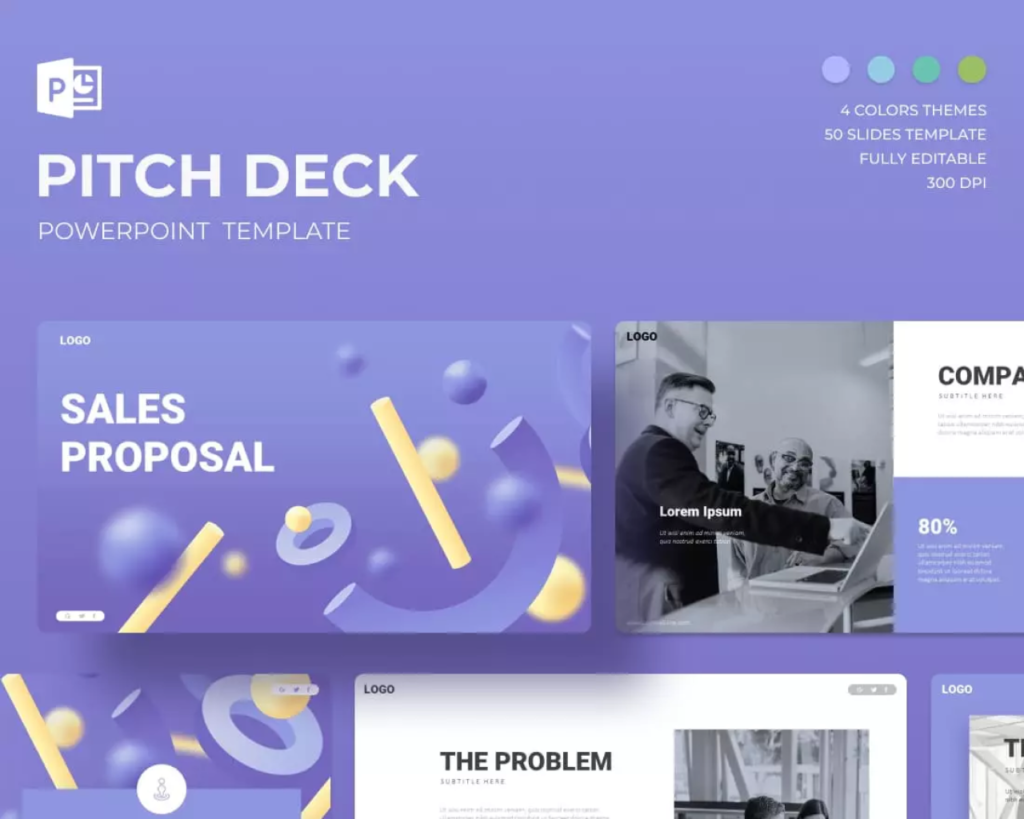In the dynamic landscape of digital accessibility, achieving compliance with the Web Content Accessibility Guidelines (WCAG) is a crucial goal for organizations committed to inclusivity. The Voluntary Product Accessibility Template (VPAT) serves as a vital document in this journey, providing a roadmap to assess the accessibility of information and communication technology products. However, the process of creating a comprehensive VPAT can be challenging, requiring meticulous attention to detail. In this article, we delve into the world of VPAT excellence and unveil powerful templates that can transform the way organizations approach accessibility assessments. By harnessing these templates, businesses can not only streamline their VPAT creation but also unlock hidden tactics to elevate their accessibility standards.
Source: Unsplash
Table of Contents
Unlocking VPAT Excellence with Structured Templates
The cornerstone of VPAT excellence lies in the strategic use of structured templates that guide organizations through the evaluation process. These templates provide a standardized framework, ensuring that no aspect of accessibility is overlooked. By breaking down the assessment into specific categories, such as permeability, operability, and understandability, these templates empower organizations to systematically analyze their digital products. This structured approach not only expedites the evaluation process but also enhances the accuracy of the VPAT, offering a comprehensive view of the product’s accessibility status. As organizations embrace these templates, they gain a powerful tool to not only meet compliance requirements but also to foster a culture of accessibility from the ground up.
Harnessing Automation for VPAT Efficiency
In the quest for VPAT excellence, automation emerges as a game-changer, significantly improving the efficiency of the assessment process. Integrating automated tools into the evaluation workflow allows organizations to conduct comprehensive scans of their digital assets, identifying potential accessibility issues swiftly. These tools generate detailed reports that can be seamlessly incorporated into the VPAT template, providing a granular overview of the product’s accessibility strengths and weaknesses. By automating certain aspects of the assessment, organizations can allocate resources more effectively, focusing human efforts on nuanced evaluations that demand expertise. This strategic blend of automation and human insight not only accelerates the VPAT creation process but also ensures a more thorough and precise assessment, setting the stage for sustained accessibility excellence.
Beyond Compliance
A truly powerful VPAT extends beyond a mere compliance document; it becomes a catalyst for continuous improvement. Organizations can leverage the insights gleaned from the VPAT process to drive iterative enhancements to their digital products. By incorporating feedback from users with diverse abilities, companies can identify areas for improvement and refine their accessibility features. Moreover, the VPAT serves as a valuable communication tool, fostering transparency with stakeholders and demonstrating a commitment to accessibility. Embracing VPATs as a tool for continuous improvement not only ensures ongoing compliance with accessibility standards but also positions organizations as leaders in creating digital experiences that cater to a diverse user base. In this way, the VPAT becomes not just a regulatory requirement but a strategic asset that propels organizations toward excellence in digital accessibility.
Collaborating with Trusted Partners
In the pursuit of VPAT excellence, collaboration with trusted partners can amplify the impact of accessibility efforts. Engaging with experienced accessibility professionals brings a wealth of knowledge to the table, ensuring that VPAT accessibility evaluations are conducted with thoroughness and precision. Trusted partners can offer insights into evolving accessibility standards, provide tailored solutions to address specific challenges, and deliver expert guidance on optimizing digital assets for inclusivity. By forming strategic partnerships, organizations can augment their internal capabilities, benefitting from external perspectives that contribute to a more comprehensive and nuanced VPAT. This collaborative approach not only strengthens the reliability of accessibility assessments but also fosters a culture of shared expertise, propelling organizations toward a future where digital experiences are accessible to all.
Crafting Inclusive Design Strategies
Creating digital products with inclusivity at the forefront is foundational to VPAT excellence. Inclusive design goes beyond mere compliance, emphasizing the proactive consideration of diverse user needs from the initial stages of product development. By weaving accessibility into the fabric of design processes, organizations lay the groundwork for a more seamless VPAT assessment. Inclusive design strategies involve engaging users with disabilities in the design phase, conducting usability testing with diverse groups, and integrating accessibility principles into design guidelines. As organizations embed inclusivity into their design DNA, they set the stage for VPAT excellence that extends beyond a checklist approach, creating digital products that inherently prioritize accessibility for all users.
A Crucial Pillar in Achieving VPAT Excellence
An often overlooked yet crucial aspect of VPAT excellence is stakeholder education. Ensuring that all members of an organization, from developers to executives, are well-versed in the principles of accessibility is paramount. By conducting training programs and awareness campaigns, organizations can foster a shared understanding of the importance of VPATs and accessibility compliance. Educated stakeholders are better equipped to contribute to the VPAT creation process, understand the significance of accessibility enhancements, and champion inclusivity within their respective roles. This holistic approach to stakeholder education not only strengthens the overall accessibility posture of the organization but also cultivates a culture where VPAT excellence is a collective responsibility.
Achieving VPAT excellence requires a multifaceted approach. By leveraging powerful templates, harnessing automation, collaborating with trusted partners, crafting inclusive design strategies, and educating stakeholders, organizations can navigate this path with purpose and precision. VPATs cease to be mere compliance documents; they become dynamic tools for continuous improvement, driving organizations toward sustained excellence in digital accessibility. As we embrace the principles of inclusivity, accessibility, and collaboration, we not only meet standards but exceed them, creating digital landscapes where every user, regardless of ability, can fully engage and thrive.
The post Powerful Templates, Powerful Results: Uncover Hidden Tactics for VPAT Excellence appeared first on Top Entrepreneurs Podcast | Enterprise Podcast Network.




![25+ beautiful holiday email marketing templates [you can use for free]](https://blog.aweber.com/wp-content/uploads/2022/11/25-beautiful-holiday-email-marketing-templates_featured-1200x675-1.jpg)
Leave a Reply